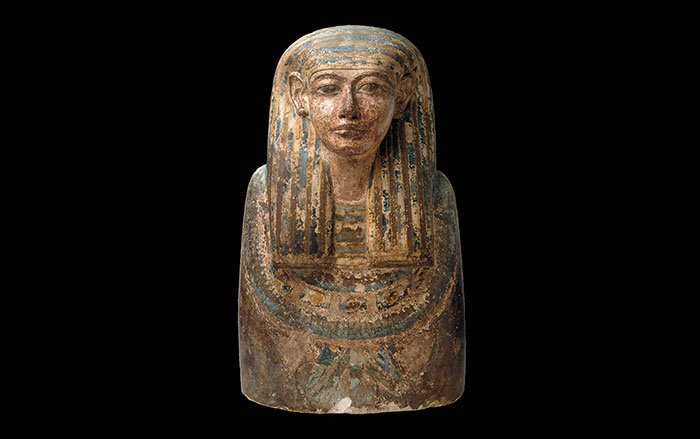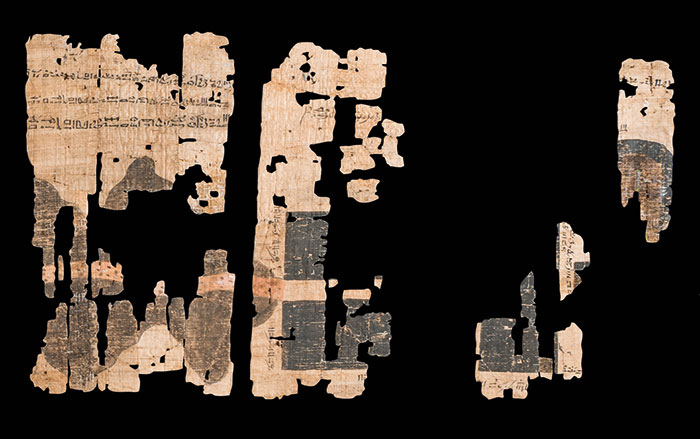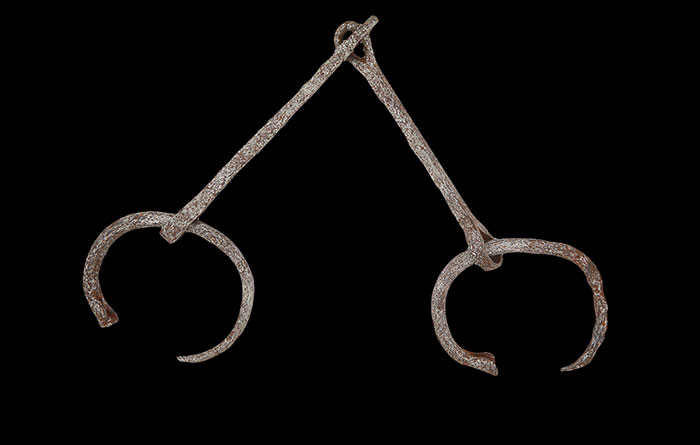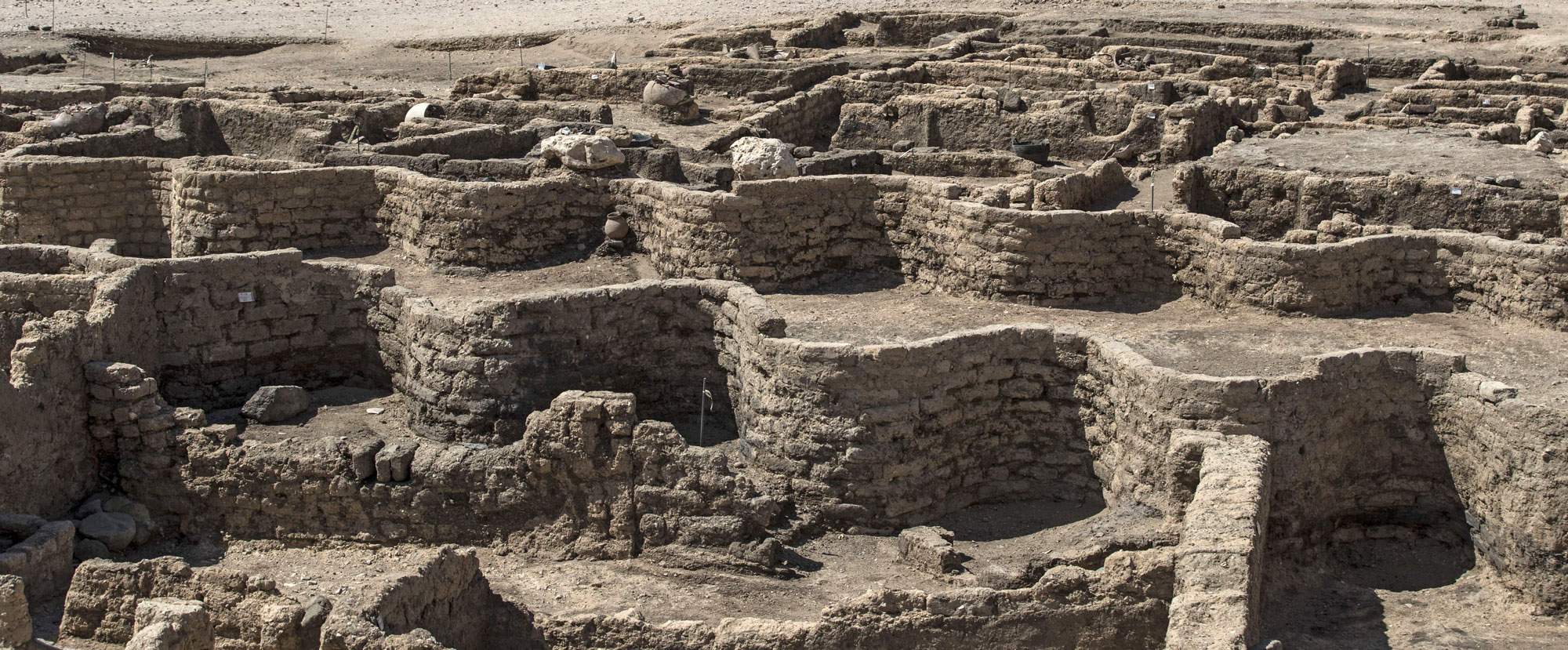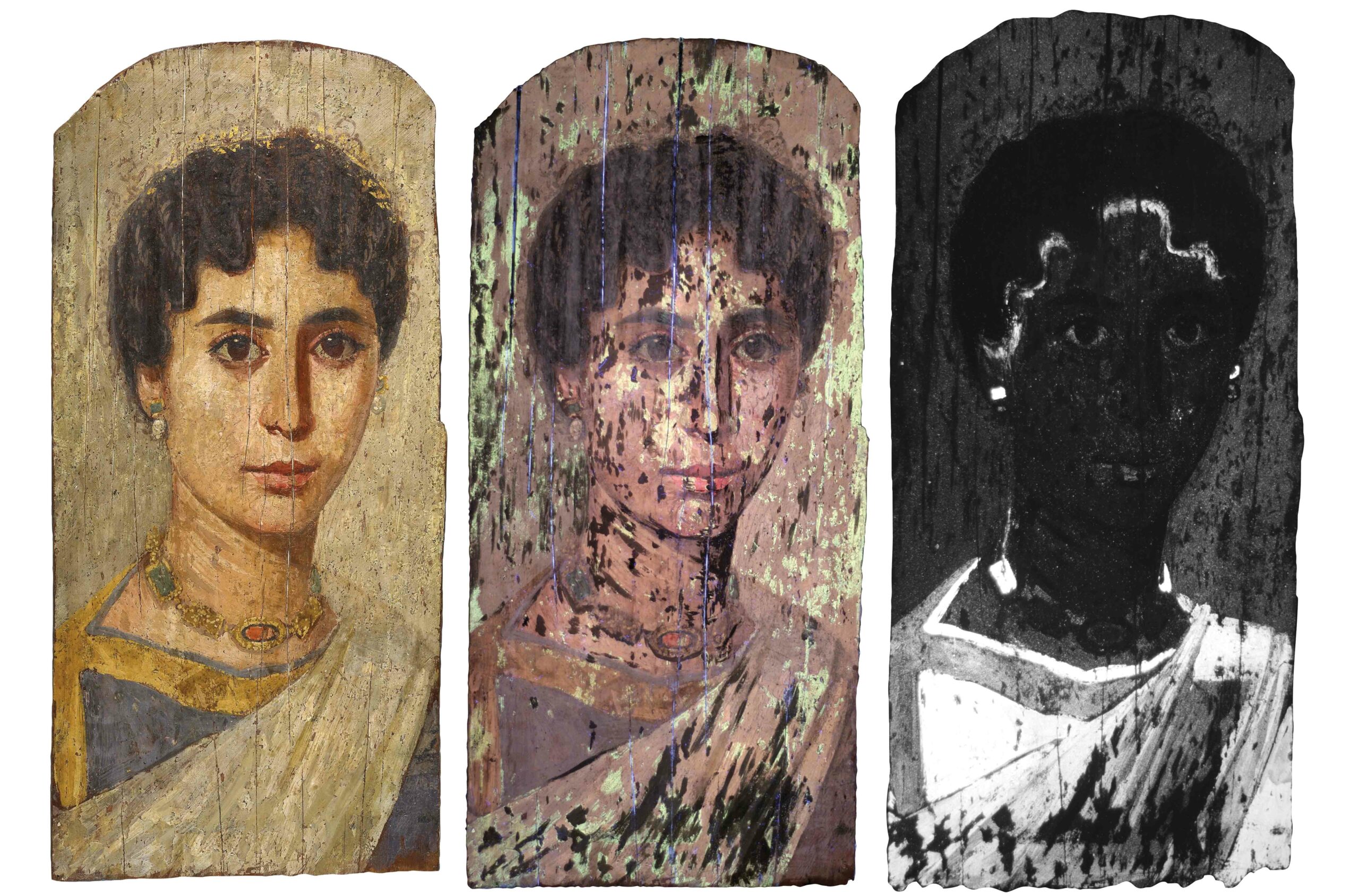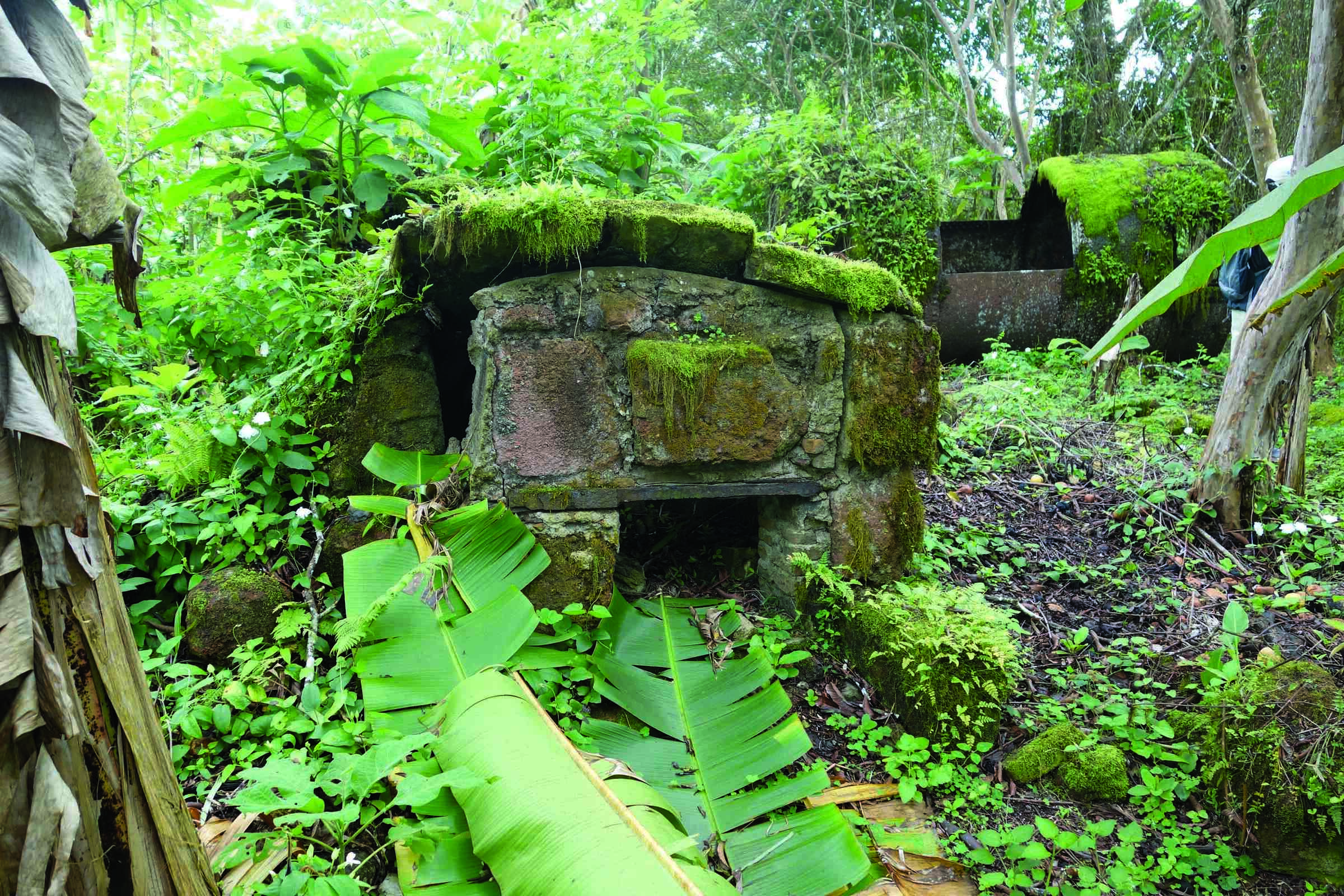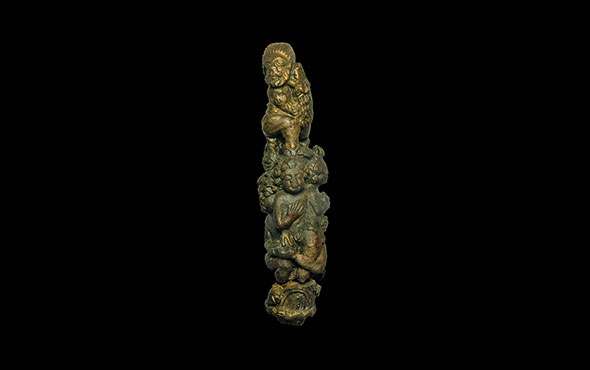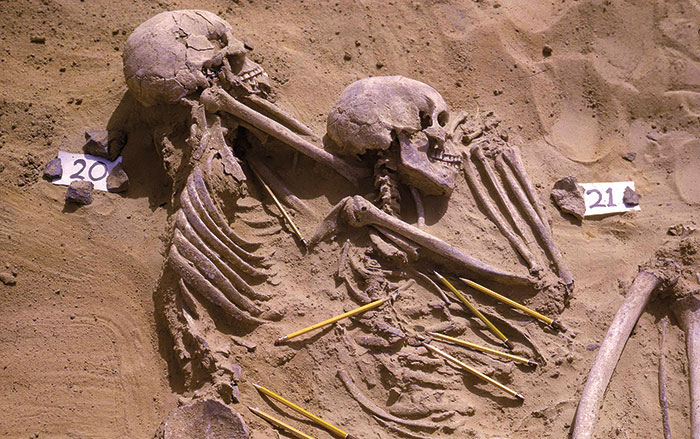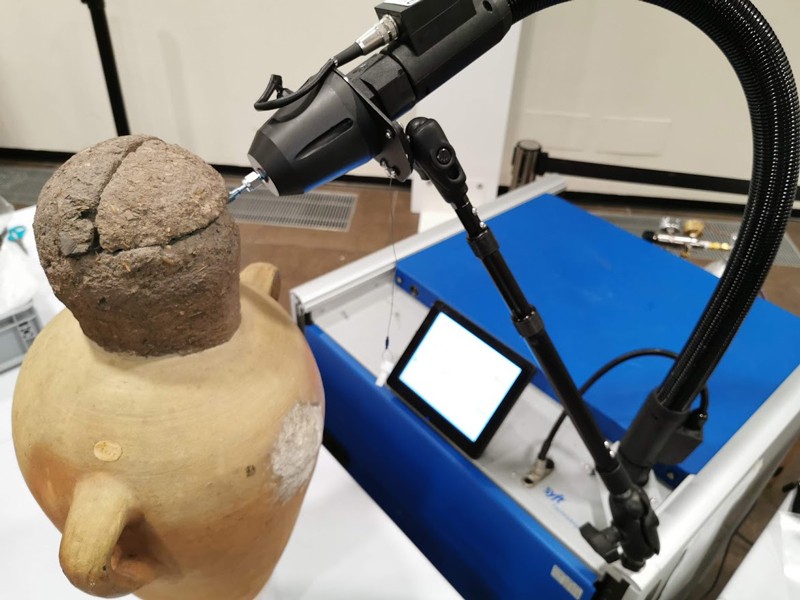
TURIN, ITALY—Nature reports that analytical chemist Ilaria Degano of the University of Pisa and her colleagues have analyzed scents emitted by jars from the 3,400-year-old intact tomb of Kha and Merit, which was discovered in Egypt’s Deir el-Medina necropolis in 1906. The vessels are now held in the Egyptian Museum in Turin. “From talking with the curators, we knew there were some fruity aromas in the display cases,” Degano said. The team members placed sealed jars and open cups holding ancient bits of food in plastic bags for several days to collect volatile molecules. Two-thirds of the vessels yielded samples, Degano explained. These molecules were then identified with a mass spectrometer. The compounds suggest the vessels contained beeswax, dried fish, and fruit. But degradation and decomposition of artifacts can change the smell of artifacts, cautions Cecilia Bembibre of University College London. Separating the original scent from the odor of decomposition and recreating it as part of museum exhibits could offer visitors a better understanding of ancient Egyptians, added archaeologist and analytical chemist Stephen Buckley of the University of York. To read about the world's oldest known geological map, which was found at Deir el-Medina, go to "Mapping the Past: The Goldmine Papyrus."



